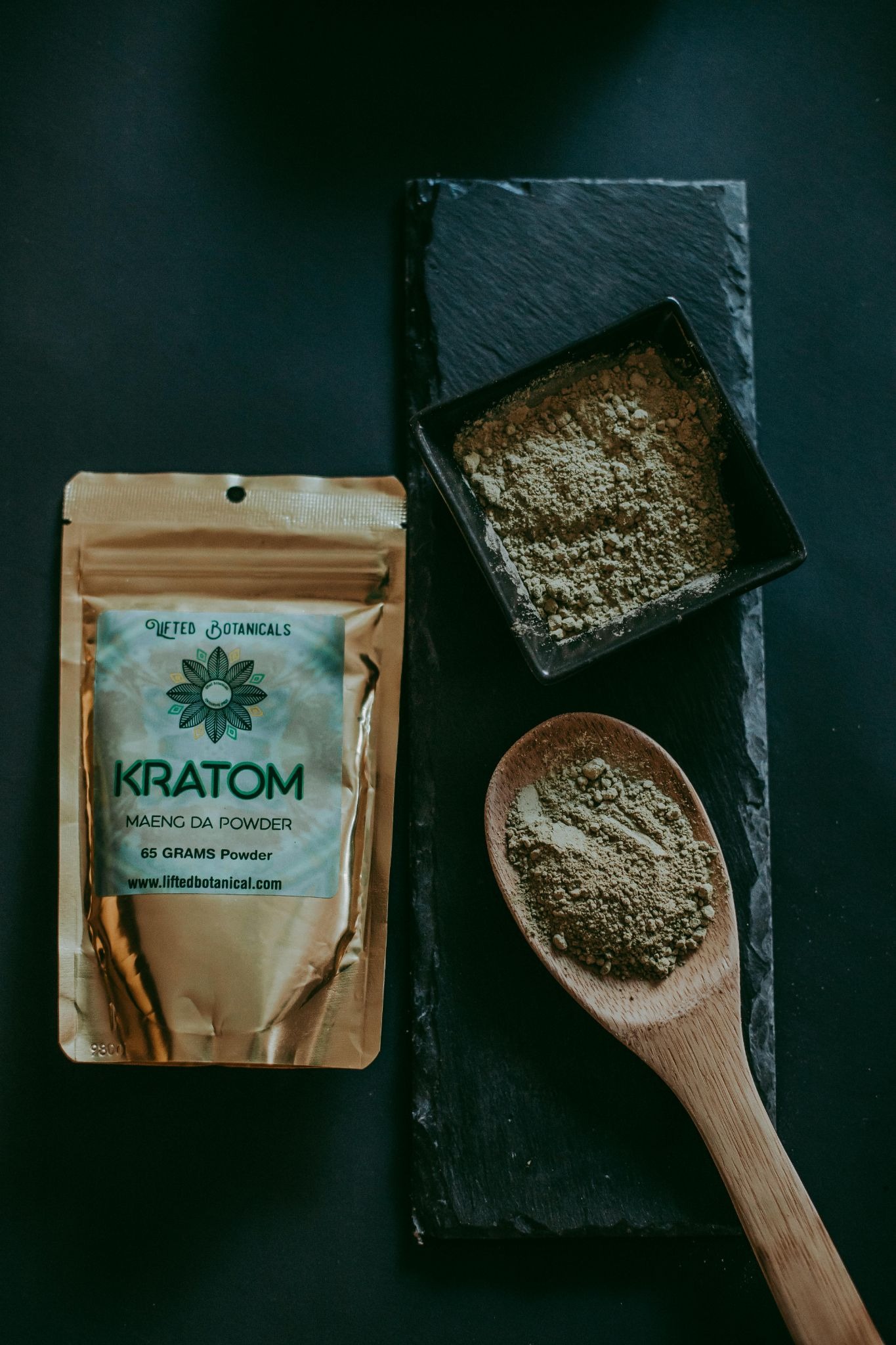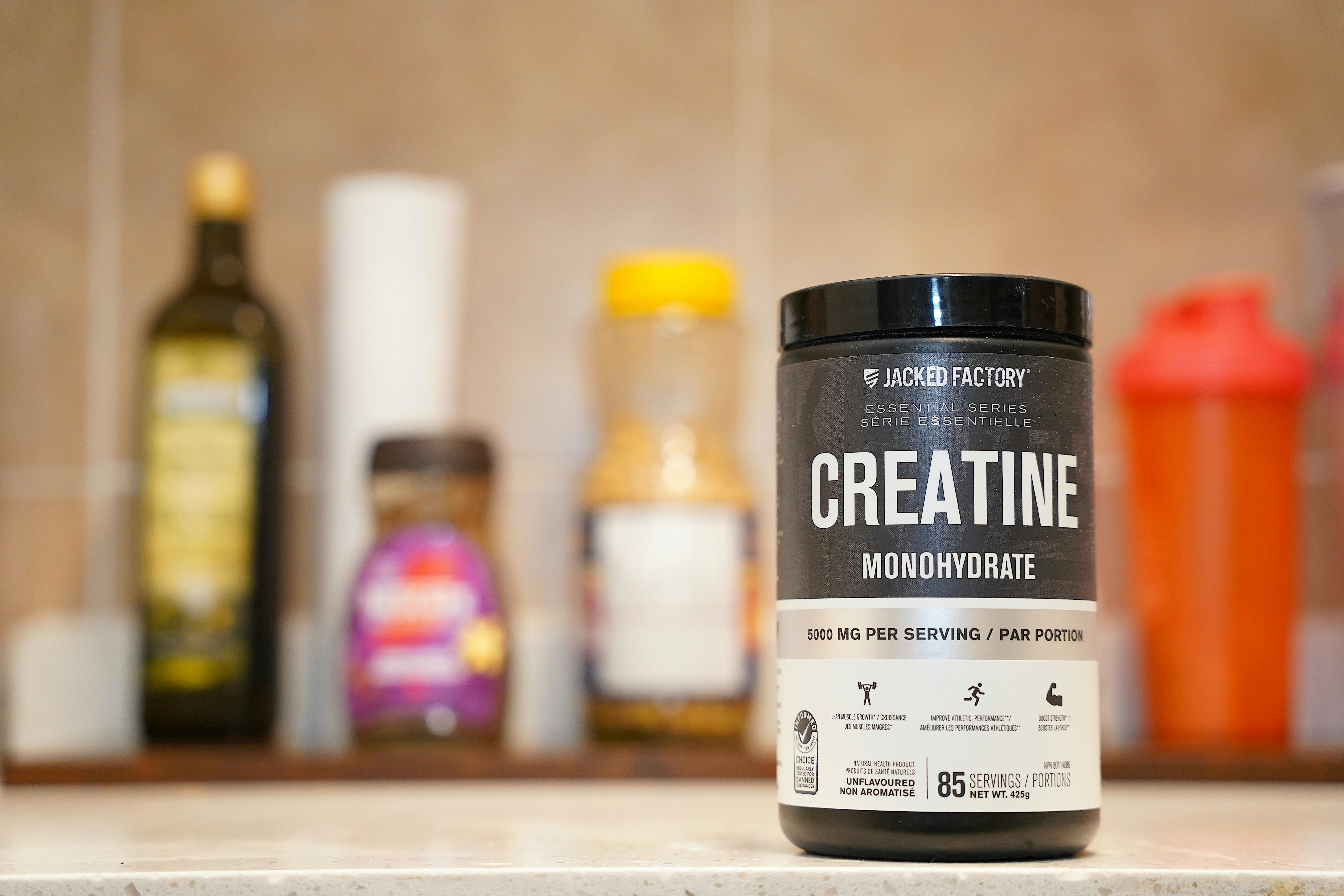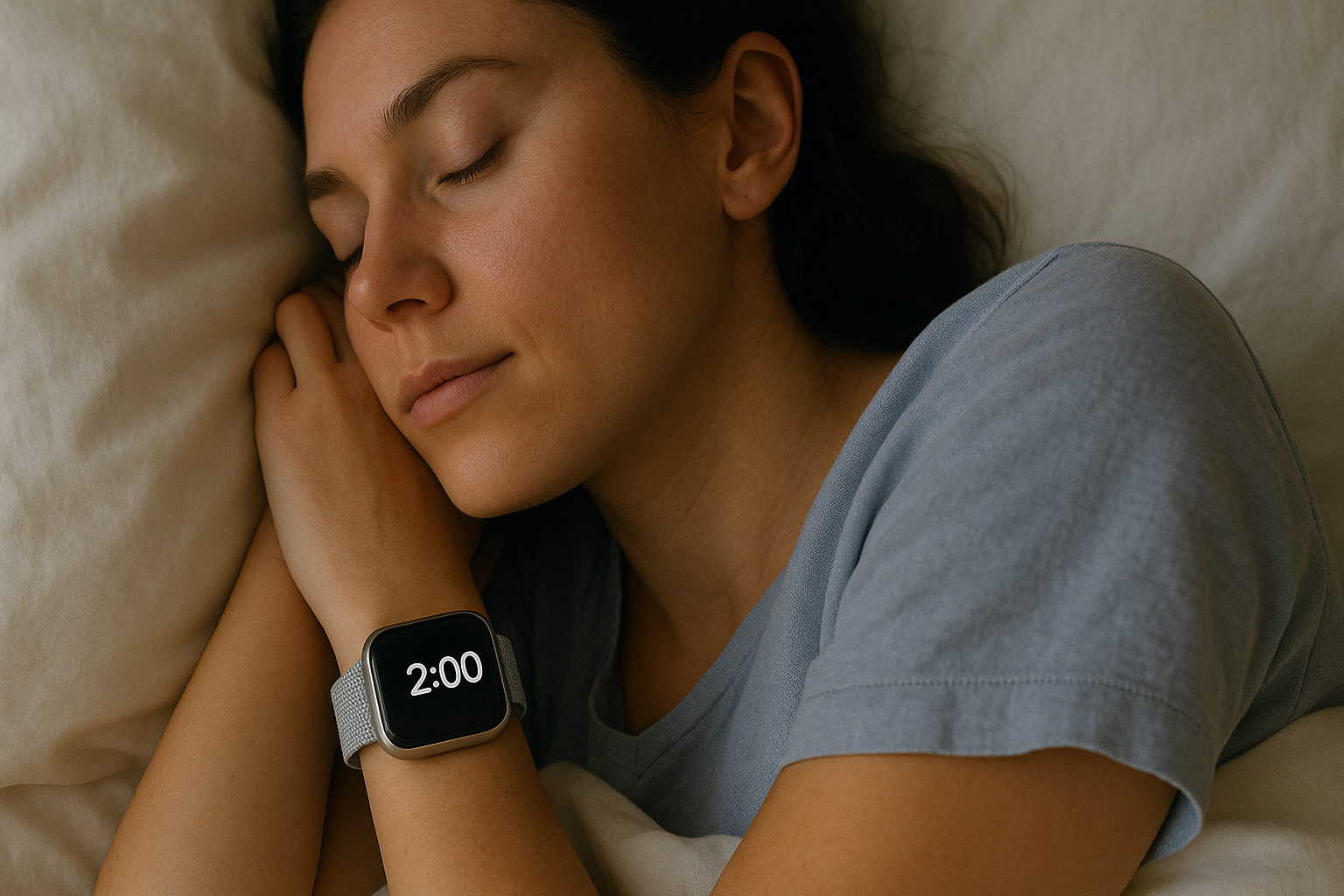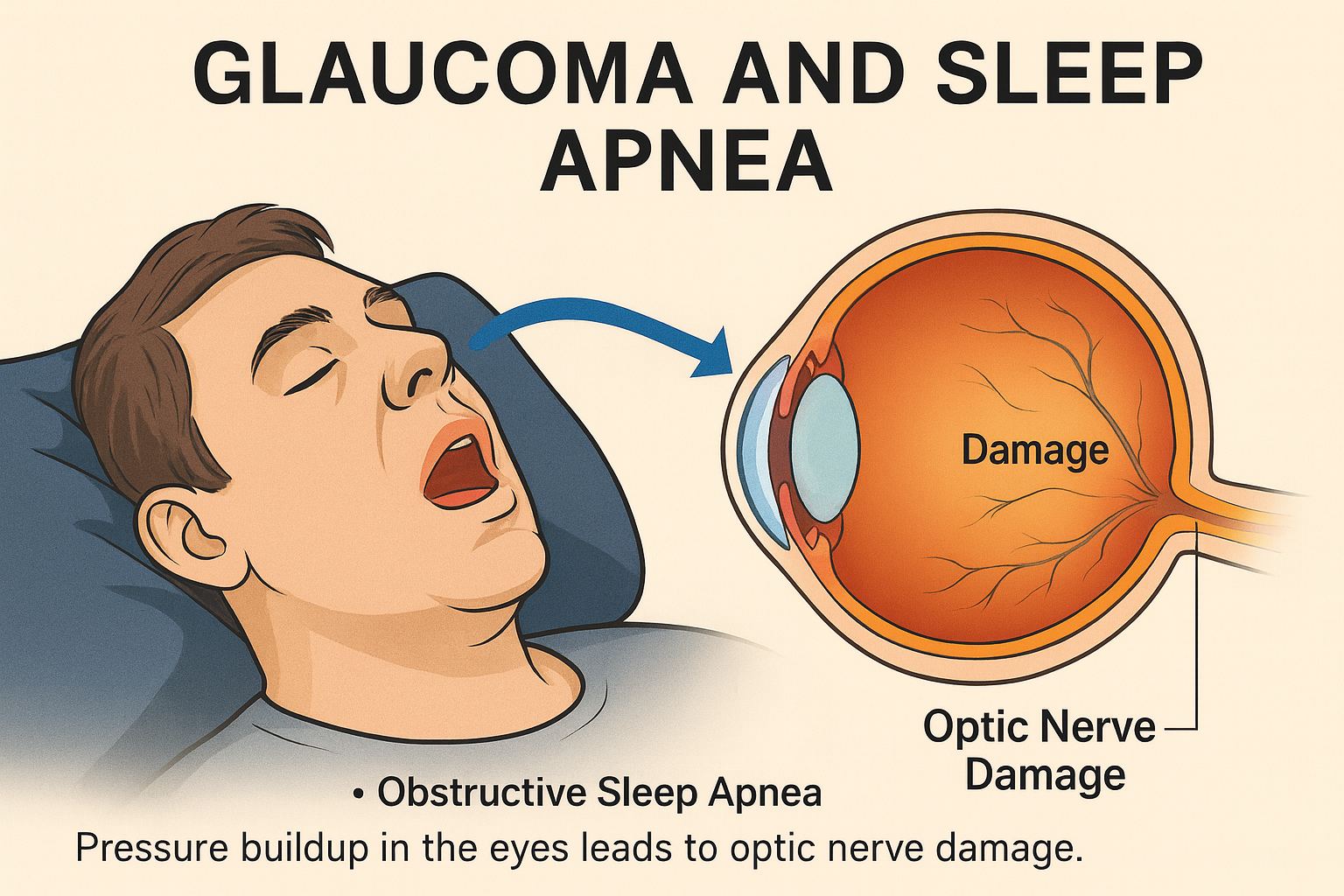Reviewed by Sahil Chopra, MD, and Stacey Gunn, MD.
Research by Savit Malhotra and Theresa Do.
***NOTE: Kratom is NOT FDA approved***
Introduction
Following up on last week's discussion about lithium orotate and its potential sleep benefits, this week we're turning our attention to another popular supplement: kratom. Kratom has a long history of traditional use in Southeast Asia, but its recent surge in the Western market has brought both curiosity and concern. In this article, we will discuss the history of kratom, its use cases and efficacy for sleep, and safety precautions when considering kratom for sleep. We will conclude with our recommendations for kratom, considering ongoing research into this supplement.
The History of Kratom
Kratom, also known scientifically as Mitragyna speciosa, is a tree originating from Southeast Asia, specifically Thailand, Indonesia, Malaysia, Myanmar, the Philippines, and Vietnam. [1] In local countries, it is known by the street names Thang, Kakuam, Thom, Ketum, and Biak.[2] Though it was used for many years by the locals, kratom was first described in scientific literature in the 19th century by Pieter Williams Korthals as he was traveling through Southeast Asia as part of the Dutch East India Company Commission for Natural Sciences.[1] The leaves of the plant were described as “shaped like a bishop’s ceremonial hat called the mitre”. Therefore, Korthals gave kratom its scientific name of Mitragyna.[3] The trees can grow up to 50 feet tall and its leaves are glossy green.[2,1]
Kratom contains at least 54 bioactive chemicals, but its most researched compounds are mitragynine and 7-hydroxymitragynine.[4] In the body, mitragynine breaks down and becomes another compound called 7-hydroxymitragynine. At low doses (1-5g), kratom acts as a stimulant and can improve energy and alertness. At higher doses (5-15g), it is sedating and has opiate-like effects, similar to morphine or heroin, but with less risk of suppressing the drive to breathe.[5,6] Dosages above 15 grams are not recommended, as it can lead to toxicity/overdose.[6]

Uses for Kratom
Traditionally, kratom has been used to relieve fatigue and body aches by farmers in Southeast Asia.[1] Users would either chew the leaves, make the leaves into a tea, or extract it into a pill or liquid.[7] Farmers utilized kratom to endure long, arduous workdays since the leaf would be able to alleviate muscle and skeletal pains. Beyond farmers, locals also used kratom as an alternative to opium. In Thailand, opium addiction was a huge problem, and, therefore, some individuals used kratom to alleviate their withdrawal symptoms. Kratom was seen as a “safer” and “cheaper” drug than opioids like morphine.[7] However, using kratom would prove to be a double-edged sword, as kratom can cause withdrawal symptoms as well.[8]
Kratom's popularity surged in the United States in 2015, as it became more available in the Western supplement market. According to the NSDUH Annual National Report, in 2021, about 1.7 million people reported using kratom in the past 12 months when the survey was conducted.[9] It is uncertain how many individuals utilize kratom on a daily basis. Due to popularity and addictive properties, kratom and its chemicals are regulated in various states. Alabama, Arkansas, Indiana, Rhode Island, Vermont, and Wisconsin currently ban mitragynine and hydroxymitragynine or 7-hydroxymitragynine.[10] Kratom products are also age-restricted by Arizona, Georgia, Illinois, Minnesota, Nevada, Oklahoma, Texas, and Utah (no sale to those under 18 years of age) and Colorado, Florida, Louisiana, Oregon, South Dakota, Tennessee, Virginia, and West Virginia (no sale to those under 21).[10]
Use Cases and Efficacy
For now, information is limited on these subjects, with there being one key study that analyzed kratom’s direct effects on sleep. This study subjectively analyzed 357 adults who regularly used kratom and found that on nights where kratom was used (23.4% of nights in the study), there was a 13-minute increase in self-reported sleep duration and a 5.93-point increase (on a 100-point scale) in perceived sleep quality. It was also noted that females reported a greater improvement in sleep quality (based on the Consensus Sleep Diary developed by Dr. Colleen E. Carney and colleagues), as well as those with chronic pain (who also reported improvements in sleep duration).[11] Based on this study alone, there is a suggestion of a relationship between kratom and mildly improved sleep metrics, although causation cannot be established because all of the metrics were based on subjective reports, and no polysomnographs or other sleep tests were performed. Additionally, those who partook in this study were already using kratom, creating room for potential bias. Additionally, no information was provided on the actual amount of kratom being used. However, this is not to say that the study did not provide valuable information. This study (being released in August of 2025) may serve as a premise for future research on kratom.
In June of 2024, the Mayo Clinic released an article titled Kratom: Unsafe and ineffective. In this article, the authors appropriately critiqued kratom being sold due to the lack of knowledge of what active ingredients are actually present in the supplement. Since kratom is not federally regulated, the supplement may not come with complete or clear labels that directly state the full information of the supplement. This lack of information makes it difficult to judge how much kratom is actually being administered.

Safety Precautions of Kratom
Due to the lack of research on kratom, many of the known side effects come from case reports and self-reported effects. Such side effects include nausea, sedation, sweating, loss of appetite, dry mouth, itching, confusion, dizziness, dry mouth, constipation, seizures, liver damage, low blood pressure, fast heart rate, hallucinations, delusions, and addictive behavior.[12] One study found that there were 3,484 calls made to Poison Control between 2014 and 2019 regarding kratom exposure, with 23 people sadly passing from overdose.[13] As we mentioned earlier, the FDA has not cleared kratom for use in the United States and, as such, it is not available as a prescription or over-the-counter. While kratom-derived products can be purchased online and in certain stores that sell supplements, kratom is not lawfully marketed as a drug product, dietary supplement, or food additive. The FDA has made it clear that it does not advise people to use kratom.[14]
What Do We Recommend?
At this point in time, given the lack of standardization of dosing and quality control in the kratom market, as well as the potential for serious side effects, including dependence, withdrawal, liver toxicity, and seizures, we are unable to suggest that it be used. In the context of a controlled clinical trial, with regular monitoring for side effects with standardized and controlled dosing, it might be reasonable for an interested person to engage.
While we may not have all of the answers to your kratom-related questions yet, we will continue to update our readers as new research arises. However, for more answers to your sleep concerns and to connect with an Empower Sleep care coordinator, please feel free to contact us: https://www.empowersleep.com/welcome



















































































%20thumbnail.jpg)
.png)